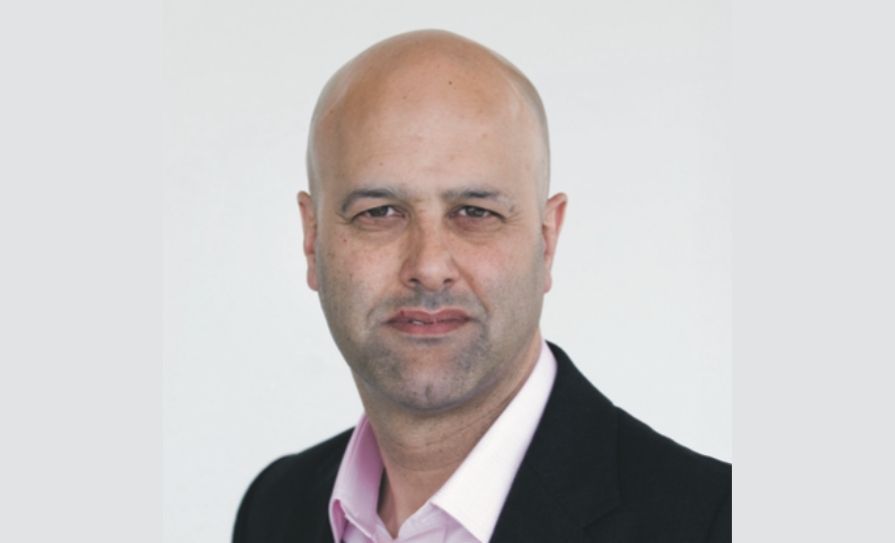The growing role that 3D printing will play in medicine and medical education has been highlighted by a number of experts in recent years.
Speaking at the RCSI Millin Meeting in Dublin on 9 November, Mr Richard Kerr, Consultant Neurosurgeon, John Radcliffe Hospital, Oxford, UK, stated that the use of 3D printing in medical training will become “increasingly crucial” in the coming years.
Last December, US Food and Drug Administration (FDA) Commissioner Mr Scott Gottlieb wrote that “3D printing of medical devices, medications and human tissue is quickly becoming a promising reality”.
A HSE spokesperson told the Medical Independent (MI) that it has “looked at” the possible usage of 3D printing.
“At a high level, we have looked at 3D printing for a number of possible applications but as of now, [we] have not progressed. Therefore, no staff training has been required,” the Executive’s spokesperson told MI.
The spokesperson added that there are no immediate plans for the HSE to purchase a 3D printer.
“To date, no 3D printers have been purchased. As with all technology, the HSE will review the practical applications of new technology and make assessments prior to purchase. As of now, we do not expect to purchase 3D printing capability in 2018.”
In August, an update from the International Data Corporation (IDC) predicted global spending on 3D printing (including hardware, materials, software, and services) would grow to $23 billion by 2022. IDC forecasts that worldwide spending will exceed $14 billion in 2019, an increase of 23.2 per cent over 2018.












Leave a Reply
You must be logged in to post a comment.